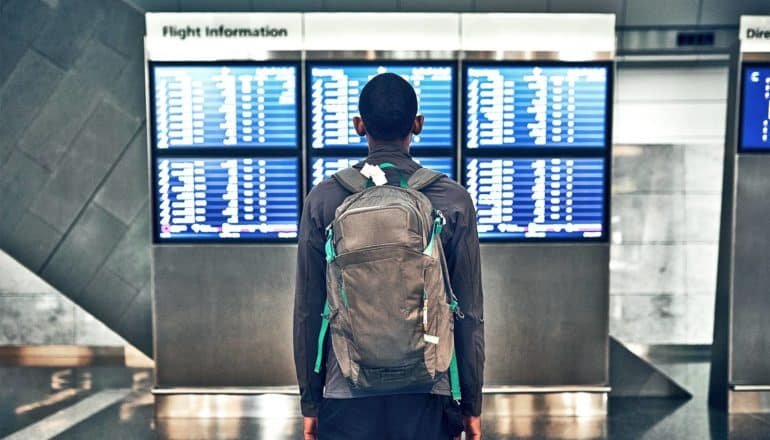
Allowing airlines to form international alliances leads to lower fares—but only for certain travelers.
Passengers who combine two aligned carriers when making an overseas trip will see savings—but those traveling nonstop between international hubs may face higher costs due to lost competition from alliances, a new study shows.
“On the pricing side, alliances have both an upside and a downside,” says lead author, Jan Brueckner, professor of economics at the University of California, Irvine.
The US Department of Transportation commissioned the report, which analyzed international fare trends between 1997 and 2016. During much of this period, three major international airline alliances provided service: Star (United and Lufthansa), SkyTeam (Delta-Air France and KLM), and Oneworld (American and British Airways).
Some US passengers traveling to certain foreign destinations—from Memphis, Tennessee to Toulouse, France, for example—need to fly on two airlines since no one carrier serves both cities. For these passengers, tickets purchased from alliance partners were 7 percent cheaper than those two non-allied airlines offered.
“Cooperation by the alliance partners reduces the fare relative to the one charged by two nonaligned carriers, who operate at arm’s length,” Brueckner says.
Passengers who fly nonstop on a single airline, however, may feel the downside. Alliance partners on some routes between international gateway airports—such as from Denver to Munich or from Atlanta to Paris, for example—fly side by side but don’t compete with one another, according to the study. This lack of competition raises ticket prices by about 7 percent compared to those in a competitive environment.
With international alliances having both positive and negative effects, should regulators impose limits on them, reversing decades of decisions in their favor?
Brueckner and coauthor Ethan Singer of Compass Lexecon ran a simulation to determine what would happen to fares if regulators dissolved the alliances and found that, while more competition would help drive down costs for nonstop passengers, the decrease would not outweigh the higher prices connecting passengers would have to pay.
“On balance, alliances are favorable for international passengers, a conclusion that validates decades of US regulatory policy,” Brueckner says. “The convenience benefits of alliances, such as one-stop check-in and connecting gate proximity, which the study did not consider, reinforce this conclusion.”
Source: UC Irvine
The post Who wins and who loses when airlines form alliances? appeared first on Futurity.
from Futurity https://ift.tt/2Ypmu3R
No comments:
Post a Comment